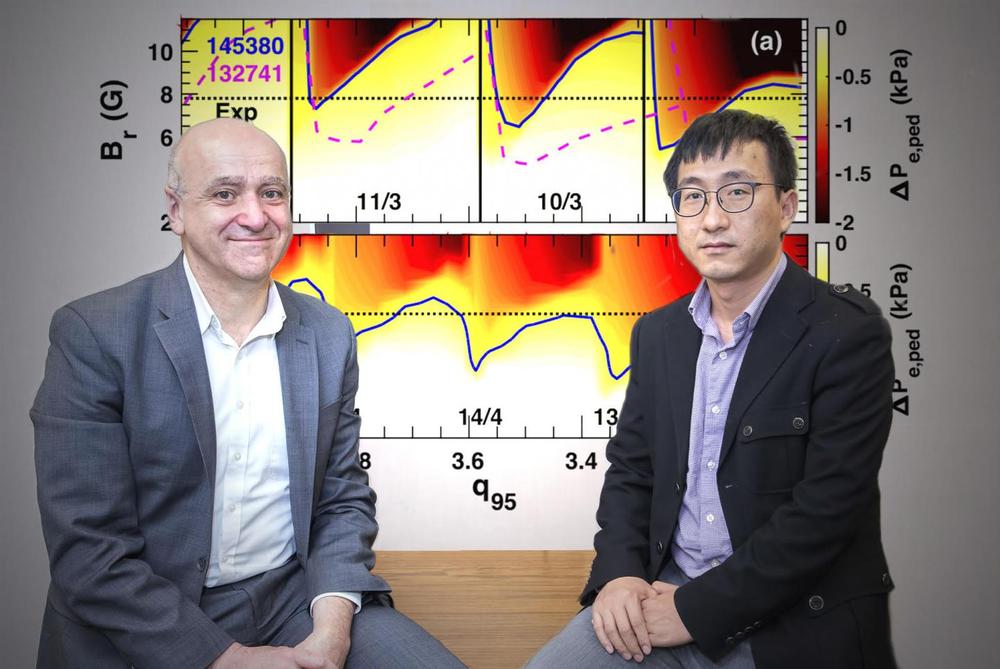Aug 13, 2020
Xiaomi aims for high art with world’s first mass-produced transparent TV
Posted by Quinn Sena in categories: electronics, mobile phones
China’s Xiaomi has launched a new TV as part of the 10th anniversary celebration that also saw the announcement of the Mi 10 Ultra smartphone. The Mi TV Lux Transparent Edition brings sci-fi into the living room with an edge-to-edge self-luminous television that you can see through.
We’ve seen a few transparent televisions and screens from industry big hitters like Samsung, LG and Panasonic over the years, but Xiaomi says its Mi TV Lux Transparent Edition is the first to go into mass production.
The 55-inch OLED panel is just 5.7-mm thin and sits on a rounded base and, when the TV isn’t powered on, the display looks like a window between you and whatever is behind it – though it can be set to show arty display images if desired. But Xiaomi is promising an “unprecedented visual experience” when it’s switched on, with “extra rich blacks and unmatched brightness.”


















